Upcoming Mega Developments That Will Reshape Cities
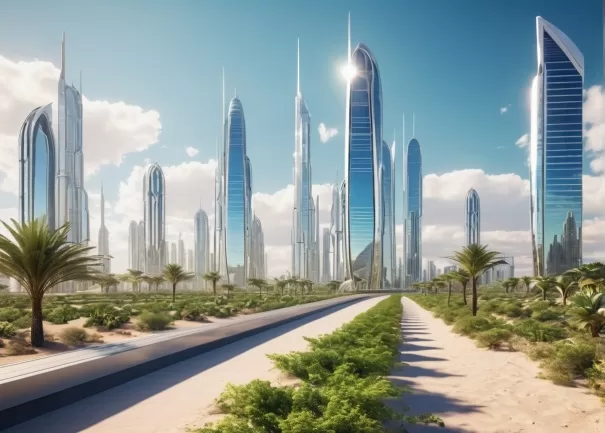
As we stand on the cusp of 2025, urban landscapes across the globe are undergoing transformative changes. From towering wooden metropolises to AI-driven smart cities, these mega developments are not just reshaping skylines, they’re redefining the very essence of urban living. In this blog post, we’ll journey through some of the most ambitious and visionary projects set to revolutionize our cities. These developments promise not only architectural marvels but also sustainable, inclusive, and technologically advanced environments that cater to the needs of future generations.
1. The Line, Saudi Arabia: A Revolution in Urban Living
In the heart of the desert, Saudi Arabia is constructing “The Line,” a linear city that stretches 170 kilometers and aims to house 9 million residents. This groundbreaking project is designed to have no cars, streets, or carbon emissions, emphasizing walkability and sustainability.
Key Features:
- Zero Carbon Emissions: Powered entirely by renewable energy sources.
- High-Speed Transit: End-to-end travel in just 20 minutes.
- Nature Integration: Designed to coexist harmoniously with the surrounding environment.
2. Stockholm Wood City, Sweden: The World’s Largest Timber Urban Area
Stockholm is embarking on an ambitious project to build the world’s largest wooden city. Spanning 250,000 square meters, this development aims to set new standards in sustainable urban construction.
Key Features:
- Sustainable Materials: Utilizing timber to reduce carbon footprint.
- Mixed-Use Spaces: Incorporating offices, homes, and retail outlets.
- Biophilic Design: Emphasizing natural light and green spaces to enhance well-being.
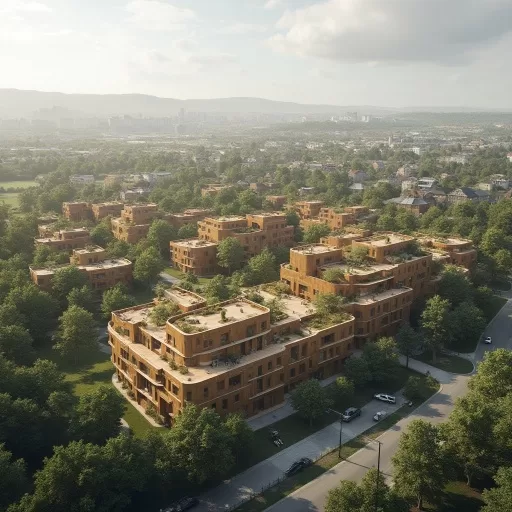
3. Manchester’s Age-Friendly Neighborhood, UK: Designing for All Ages
Manchester is leading the way in creating inclusive urban spaces with its £1.5 billion project to develop the UK’s first age-friendly neighborhood.
Key Features:
- Adaptable Housing: Homes designed to accommodate residents as they age.
- Integrated Healthcare: Facilities that combine health and social care services.
- Community Engagement: Spaces that encourage social interaction and reduce isolation.
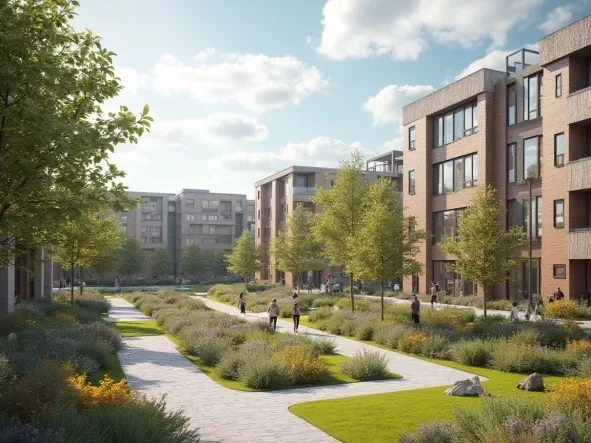
4. Parramatta Road Transformation, Sydney: From ‘Ugly Duckling’ to Grand Boulevard
Sydney’s Parramatta Road is set for a massive overhaul, aiming to transform a 9km stretch into a vibrant urban corridor.
Key Features:
- Housing Development: Plans to build 100,000 new homes.
- Infrastructure Upgrades: Potential introduction of light rail and improved public transport.
- Economic Boost: Expected to generate up to $5 billion in developer contributions.
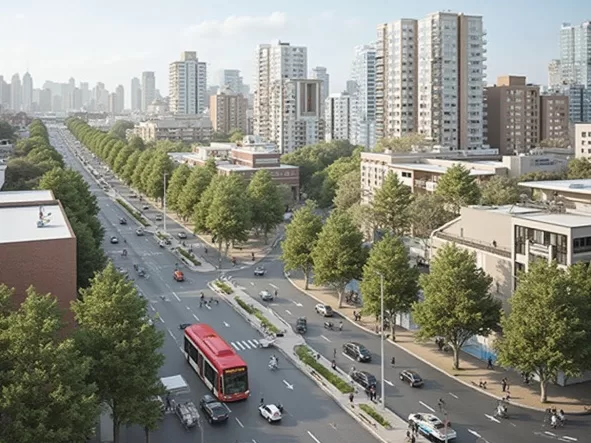
5. Elephant and Castle Redevelopment, London: Reviving a Historic Hub
London’s Elephant and Castle area is undergoing a significant transformation, aiming to rejuvenate this historic commercial hub.
Key Features:
- Mixed-Use Development: Incorporating retail outlets, dining venues, and residential units.
- Cultural Preservation: Retaining iconic landmarks and collaborating with local arts organizations.
- Transportation Enhancements: Upgraded London Underground ticket hall to improve connectivity.
6. Newenham Estate Expansion, Adelaide Hills: Sustainable Suburban Growth
In South Australia, the Newenham Estate is expanding with plans to add 400 new homes, emphasizing sustainable and community-focused living.
Key Features:
- Community Amenities: Inclusion of schools, recreational areas, and retail outlets.
- Sustainable Practices: Focus on regenerative farming and environmental conservation.
- Collaborative Development: Partnerships between local developers and councils to ensure cohesive growth.
7. Brisbane’s 2032 Olympics Infrastructure Plan: Building for the Future
As Brisbane prepares to host the 2032 Olympics, the city is implementing a comprehensive infrastructure plan to ensure long-term benefits for residents.
Key Features:
- Independent Infrastructure Authority: Overseeing the planning and execution of projects.
- Housing Initiatives: Focus on regional housing to accommodate growth.
- Sustainable Development: Emphasis on projects that benefit communities post-Games.
8. United States Megaprojects: Transforming the Urban Landscape
Across the United States, several megaprojects are reshaping cities and setting new benchmarks in urban development.
Notable Projects:
- California High-Speed Rail: A $77 billion project aiming to connect major cities with efficient transit.
- Hudson Yards, New York: A $20 billion mixed-use development transforming Manhattan’s West Side.
- Texas Central Railway: A bullet train project connecting Dallas and Houston in under 90 minutes.
These megaprojects don’t just represent construction milestones—they symbolize a shift in American priorities towards speed, connectivity, and greener alternatives. They serve as blueprints for future infrastructure ambitions across the globe.
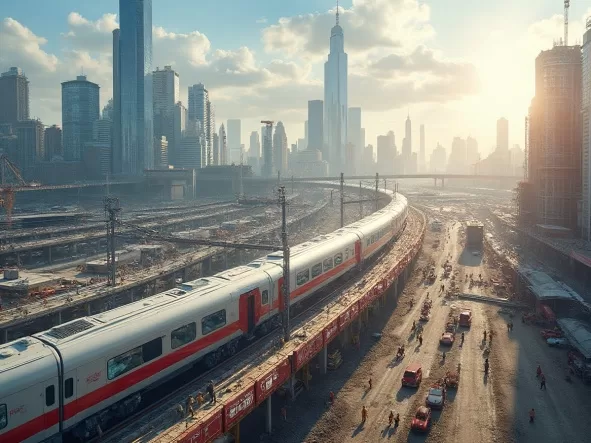
9. Floating Cities: The Ocean as the Next Urban Frontier
The rising tides of climate change are inspiring a new kind of city—one that floats. From the Maldives to Busan, architects and governments are exploring floating cities as viable solutions to urban overpopulation and land scarcity.
Spotlight: Oceanix Busan, South Korea
Oceanix Busan is set to be the world’s first prototype floating city, backed by the United Nations. It will consist of modular platforms tethered to the seafloor, capable of housing 12,000 people while adapting to sea level rise.
Key Features:
- Self-Sustaining Ecosystems: Floating farms, desalination plants, and renewable energy sources.
- Resilient Design: Engineered to withstand severe weather and rising tides.
- Global Impact: A potential model for 2.4 billion people projected to live in coastal cities by 2050.
10. AI-Driven Smart Cities: From Concept to Reality
Cities are becoming more than clusters of buildings—they’re evolving into intelligent organisms. Powered by AI, the next generation of smart cities will monitor, predict, and respond to urban needs in real-time.
Case Study: Songdo, South Korea
Built from the ground up, Songdo integrates IoT devices in almost every part of its infrastructure. From traffic lights to waste management. AI systems optimize energy use, reduce congestion, and enhance emergency responses.
Key Features:
- Predictive Analytics: AI forecasts traffic patterns, energy surges, and potential emergencies.
- Data-Driven Governance: Real-time data informs urban planning decisions.
- Hyper-Connectivity: Every device, home, and building is part of a responsive digital ecosystem.
11. Rewilding Urban Landscapes: Bringing Nature Back to the City
As urban areas sprawl, there’s a growing movement to reintroduce wilderness into the concrete jungle. Rewilding aims to restore natural ecosystems in cities, improving biodiversity and mental health for residents.
Examples Include:
- The High Line, NYC: A defunct railway turned into a green urban park.
- Madrid Río: A buried highway transformed into a riverfront oasis.
- Singapore’s Green Plan 2030: Vertical gardens and park connectors integrated across the city-state.
Benefits:
- Reduces urban heat island effect
- Enhances air quality and mental wellness
- Attracts wildlife and pollinators back into city centers
12. Vertical Farming & Food Cities: Feeding the Urban Future
With land becoming scarce, food production is going vertical. Mega cities are incorporating agriculture directly into buildings—ushering in a new era of self-sustaining urban ecosystems.
Notable Projects:
- AeroFarms, Newark: A 70,000 square foot vertical farm using 95% less water than traditional agriculture.
- Sky Greens, Singapore: Hydraulic-powered vertical towers growing leafy greens in the heart of the city.
- Plantagon, Sweden (Concept): A hybrid of office and vertical farm wrapped in spiraling gardens.
Why It Matters:
- Drastically reduces food miles
- Enhances food security in climate-challenged regions
- Promotes year-round crop cycles
Conclusion
From deserts to oceans, rooftops to underground networks, the blueprint of the future city is unfolding before our eyes. These mega developments aren’t just megastructures; they’re megavisions. This is not just an architectural revolution. It’s a cultural one. The next decade will witness the most profound urban transformation since the industrial age. And we get to be part of it.
